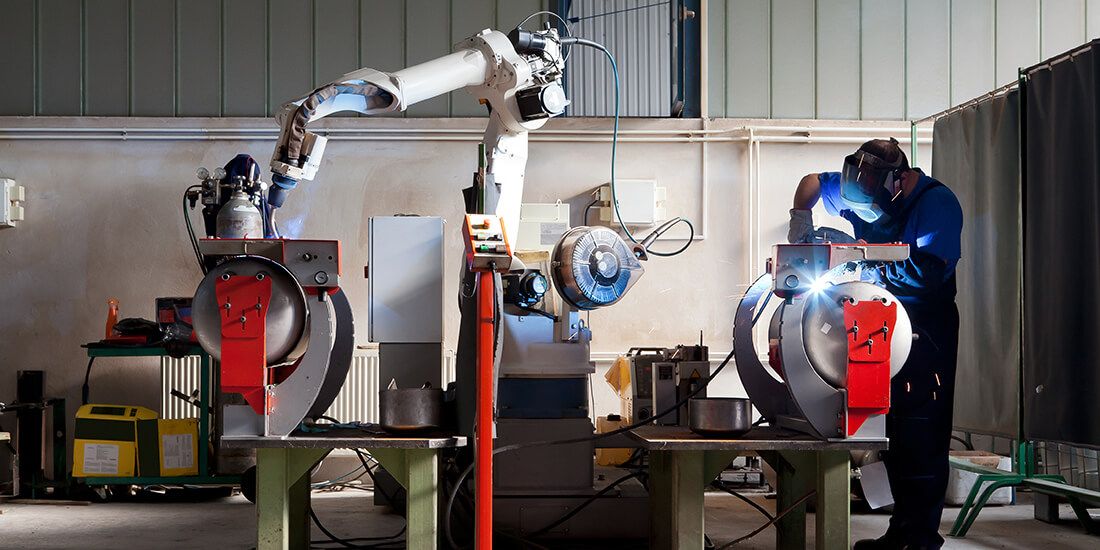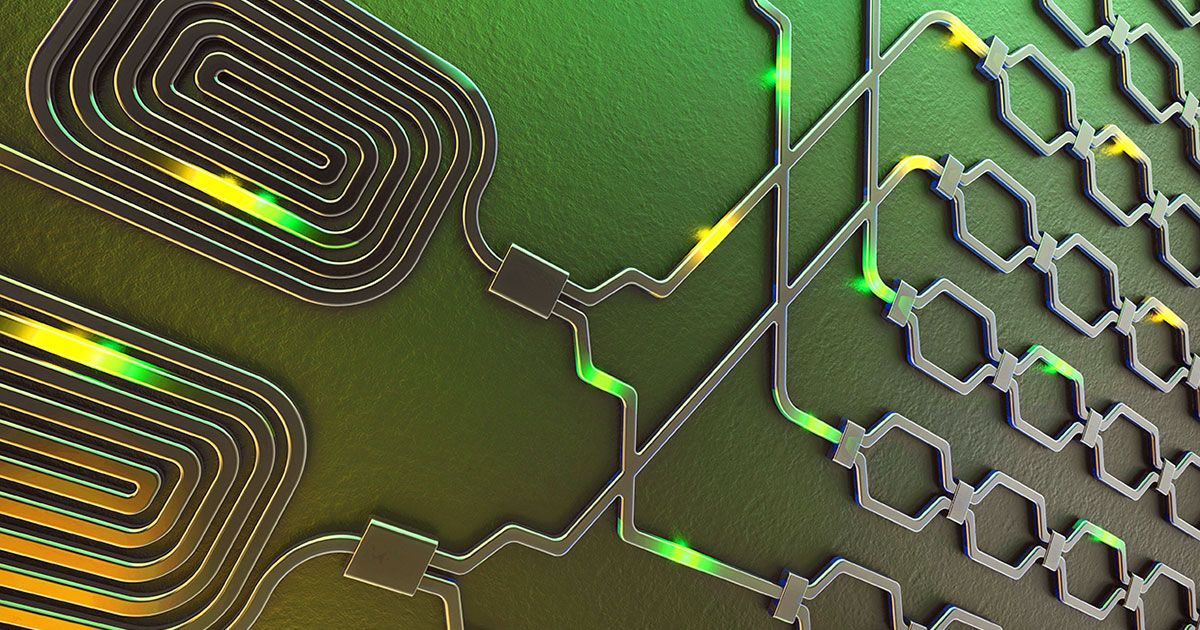We are not alone in our concerns related to the current paywalling of science. Earlier this year, researchers at Clarkson University in Potsdam, New York decided that this problem deserves the attention of decision makers and the general public, and they started producing a documentary in order to reveal the flaws of the existing system of scientific publications and to propose solutions. This documentary is Paywall: The Business of Scholarship.
The producer of the documentary, journalist and filmmaker Jason Schmitt, contacted university representatives, university and public libraries, open access publishing houses, and researchers around the globe to ask them if they have ever hit paywalls and how paywalls affected their professional activities.






